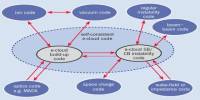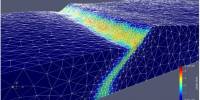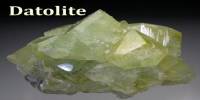A photonic metamaterial (PM), also called an optical metamaterial, is a type of electromagnetic metamaterial that interacts with light at terahertz (THz), infrared (IR), or visible wavelengths. The materials have a periodic, cellular structure. These are engineered materials that can alter and control light at the nanoscale. These materials are made up of artificially structured subwavelength units that are frequently smaller than the wavelengths of the light they interact with. By assembling these components in certain patterns, photonic metamaterials can exhibit optical features that are not seen in normally occurring materials.
Photonic metamaterials differ from photonic band gaps and photonic crystal structures due to their subwavelength periodicity. The cells are magnitudes larger than the atom but considerably smaller than the radiated wavelength, measuring on the order of nanometers.
Features
One of the most distinguishing properties of photonic metamaterials is their ability to influence light propagation in ways that ordinary materials cannot. This encompasses phenomena such as negative refraction, which causes light to bend in the opposite way than in standard materials, as well as the development of materials with a negative index of refraction.
These materials have numerous potential applications, including in the development of superlenses capable of capturing details smaller than the wavelength of light, cloaking devices that can render objects invisible by bending light around them, and photonic crystals for controlling the flow of light in optical circuits and telecommunications devices.
Atoms in a typical material govern its reaction to electric and magnetic forces, and so to light. Metamaterials use cells to represent atoms in a homogenous material at dimensions bigger than the cells, resulting in an effective medium model. Magnetism in some photonic metamaterials occurs at high frequencies, resulting in substantial magnetic coupling. This can result in a negative index of refraction in the optical domain.
Photonic metamaterials research is moving forward quickly, with ongoing efforts to increase its performance, scalability, and manufacturability for a wide range of practical applications in imaging, sensing, and communications.
















